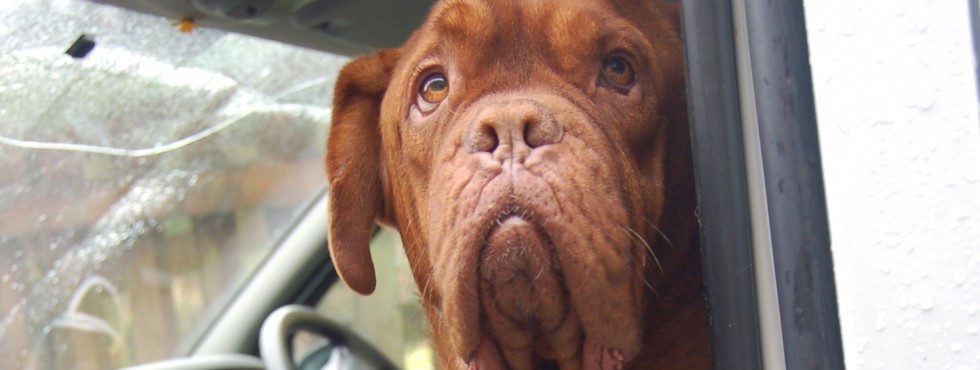Time to eat the dog
Is it time to eat the dog?
The title for this article come from a book, provocatively called ‘Time to Eat The Dog? The Real Guide to Sustainable Living’ by Robert and Brenda Vale.
I don’t for a minute think that the Vales are seriously suggesting that anyone eat their dog (or any pet come to that) but they have written a thought provoking book about how our lifestyles use up non-renewable resources in some surprising ways.
After spending painstaking years designing and building an autonomous house (and then writing about it in a book of the same name) the Vales began to wonder whether or not it was all worthwhile. Despite great efforts and expense in cramming every possible eco-feature into the building, I think that they have come to the conclusion that it might be better to moderate our daily lifestyles rather than cram eco-bling onto our homes.
Certainly, since monitoring the energy use in two of the houses that we built at The Wintles we could see that simple choices about things like having a bath or shower in the morning or evening, or sleeping with the window open, or having a cat flap, or working from home made a bigger difference to the overall energy consumption than the contribution from solar panels in some cases.
But then again, these issues in themselves were small compared to the contrasts in energy use or carbon footprints when locally grown food was compared to imported produce, or walking to school rather than being driven or going on a cycling holiday instead of a flying.
I think that it was Pooran Desai, one of the founders of Bioregional who got me thinking with the following conjecture;
‘Does a vegan who uses a car to get from A to B have a smaller carbon footprint than a cheeseburger eating pedestrian who walks from A to B?’
At first glance this seems like nonsense, Surely?
Not necessarily so; The reason is that we all use energy in our daily activities, and even walking from A to B will use energy that has to be replaced with food. None of this is an exact science, but when the calorific content of the fuel used by the driver (petrol) and that of the fuel used by the walker (cheeseburgers) is compared and the carbon taken up in its production we get some surprising results.
Driving in a hybrid car, using 3.9 litres of petrol per 100 km would consume energy at the rate of 1.67 MJ/km and this is, apparently, less than the cheeseburger fuelled walker who uses 1.96 MJ/km.
Cheeseburgers also have a high carbon footprint, caused by the food eaten by the cows, diesel used on the farm, processing and transportation of the meat, packaging, storage in a freezer and eventually the energy used in cooking the burger (not to mention the bun).
The message is quite simply that we must live more quietly (and simply) and get more involved in our local neighbourhoods if we want to save energy and produce less carbon; and I believe that will happen in time as oil gets more expensive but it’s not going to happen overnight.
In the meantime we need to build homes that are as energy efficient as practically possible, because, with luck our houses aught to be good for a few hundred years and what estimates do we have for the price of oil in 2100? Or even in 5 years time come to that.
And then these houses need to be arranged in a way that best suits human beings (rather than motor vehicles or the building contractor) by prioritising pedestrian spaces and creating an overall environment that is conducive to people getting on with each other.
This is where the biggest gains are made, both in energy saving and quality of life. Like many solutions it’s the most obvious and natural stuff. Live in a pleasant place, work and play close to home and grow as much of your own food as possible. If this can be done with the cooperation of neighbours then it gets to feel like you’re living in a real place and you’ll also feel like you’re a part of something and more secure. Some studies have also shown that you’ll live longer if you are part of a real village community!
And what about the dog? Well, unless you really need a large dog (carbon footprint 0.36 ha/year) for your mountain rescue business, let the old boy die at an old age and then get a hamster (0.014 ha/year) or better still, a gold fish (0.00034ha/year). How the Vales work all this stuff out is beyond me, but it’s a fascinating book for all that – a real eye opener.
